Procurement: Lessons in Supplier Collaboration
Everyone gets frustrated when important things fall out of sync, causing inconsistent communication (“We thought the order was in stock to arrive this week not next week). Delayed responses, suboptimal processes, and outdated technology waste time and yield unreliable results, straining trust and deteriorating collaboration between supply chain partners.
Common Challenges
Several key hurdles weaken synchronization in the procure-to-pay process:
Disconnected Data: Businesses generate vast amounts of data from disparate sources. Different data systems, formats, or databases may not work well (if at all) together, giving a multitude of data but no information. Without a single view into relevant data, supplier collaboration, real-time visibility, and smart, swift decisions are next to impossible.
Outdated Technology: Legacy systems create bottlenecks and slow workflows for ordering, confirming order details, creating and tracking invoices and payments, and collaborating with suppliers in real time. According to Gartner, 95% of companies fail to achieve supply chain resilience because of outdated technology. Yet, many companies still lack a plan to adopt the digital technologies that support strategic synchronization with their suppliers.
Lack of Visibility and Transparency: Productive collaboration thrives on real-time communication. Without transparency, suppliers and buyers struggle to predict demand, manage costs, and sync delivery schedules—leading to poor oversight and reactive decisions. Robust supply chain management technology can bridge these gaps, improving supplier relationships, delivering operational efficiencies, and bottom-line results.
Reconciliation Inefficiencies: Discrepancies in purchase orders, invoices, and goods receipt delay payments and frustrate suppliers. Companies still perform a significant amount of this reconciliation work manually, which delays payment and deteriorates the buyer-supplier relationship.
Key Strategies and Best Practices for Enhancing Supplier Collaboration
A well-configured procurement process strengthens supplier collaboration and offers key advantages:
- Gain Efficiencies: Automation reduces manual errors, unnecessary costs, saves time and resource drain. Leveraging artificial intelligence (AI) with automation provides additional efficiencies in the reconciliation process.
- Enhance Agility: A responsive procurement system allows businesses to adapt quickly to demand fluctuations or changes. Proactive alerts and notifications eliminate surprises and support better informed decision making.
- Improve Collaboration: Digital platforms automate non-strategic tasks and streamline communications to resolve discrepancies, ensuring stronger relationships.
With digital management and control, procure-to-pay challenges and process breakdowns are avoidable. Suppliers know exactly what they need to fulfill, how much, by when; they get paid the right amount and on time. Suppliers and buyers engage more efficiently with fewer operational hiccups, facilitating opportunities to grow the business relationship. Best practices for supplier collaboration include:
Real-Time Visibility: Collaboration thrives when procurement technology provides total visibility and automation. Complete, live access to supply chain operations enhances compliance, reduces errors, saves time, and improves performance.
Exception Management: Real-time dashboards and notifications are crucial for businesses to manage procurement activities proactively and reduce discrepancies. This transparency lets procurement teams collaborate easily with suppliers to establish and meet strategic business goals instead of getting bogged down in operational and administrative tasks. Users can spend their time more strategically, making better informed decisions.
Improved Agility and Communication: Digitized and automated procurement workflows reinforce supplier collaboration, reduce inefficiencies, and improve overall supply chain resilience. Real-time messaging between trading partners allows everyone to get timely updates on price changes, delivery schedules, and order adjustments, minimizing disruptions and fostering stronger supplier relationships.
A modernized procurement process fosters strong supplier relationships, efficient operations, and long-term business success. The right technologies enable real-time supplier collaboration, allowing companies to recast their procurement strategies and grow in harmony with their supply chain partners.
Learn more about the ActiVate® procurement platform.
SC
MR
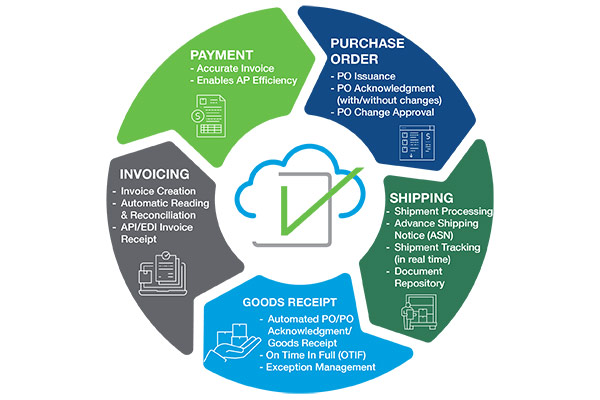

More Inventory Management
- Uber Freight’s Val Marchevsky to deliver Keynote at NextGen Supply Chain Conference
- Dealing with supply chain complexities with scenario intelligence
- Securing critical minerals during a global trade war
- How Exceptional Procure-to-Pay Supports Buyer and Supplier Synchronization
- From static to strategic: The shift to dynamic pricing models
- Services sector activity contracts in May, following 10 months of growth, reports ISM
- More Inventory Management
Latest Resources
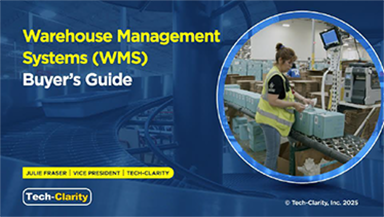
 Explore
Explore
Topics
Procurement & Sourcing News
- C.H. Robinson rolls out AI agent to address LTL classification overhaul
- Danone latest to announce new US investment
- Uber Freight’s Val Marchevsky to deliver Keynote at NextGen Supply Chain Conference
- Unlocking the green grid: Innovations for eco-friendly last mile
- Dealing with supply chain complexities with scenario intelligence
- Securing critical minerals during a global trade war
- More Procurement & Sourcing
Latest Procurement & Sourcing Resources
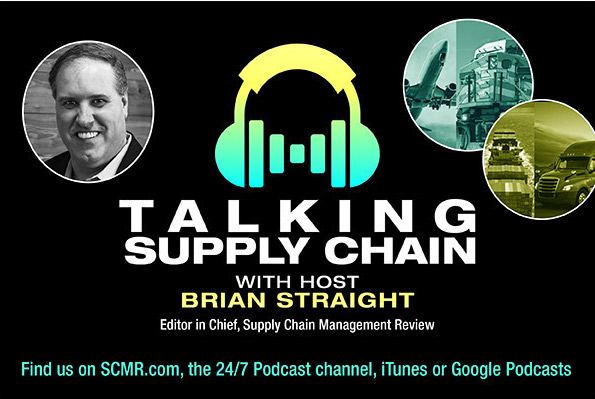
Subscribe
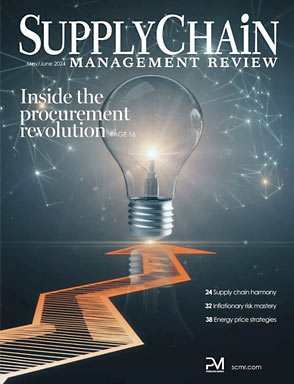
Supply Chain Management Review delivers the best industry content.
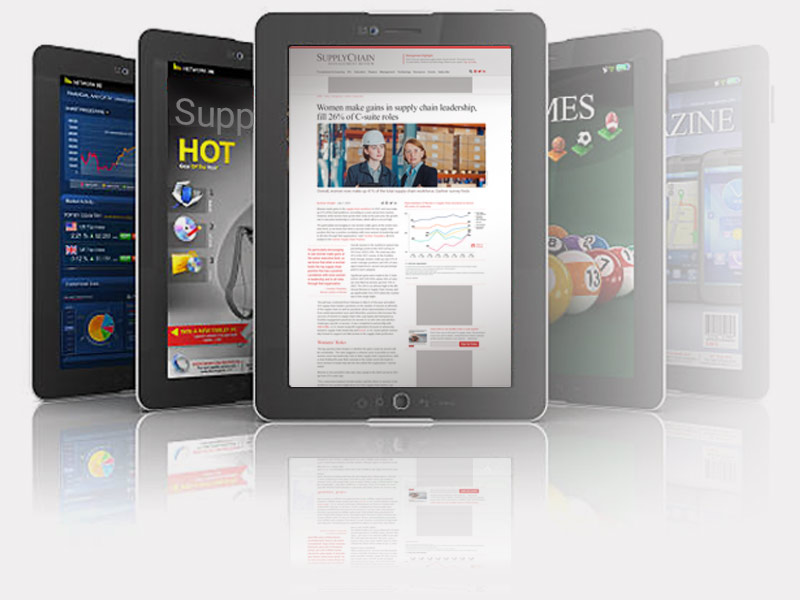
Editors’ Picks




